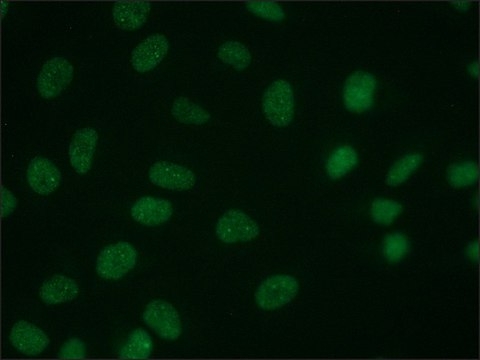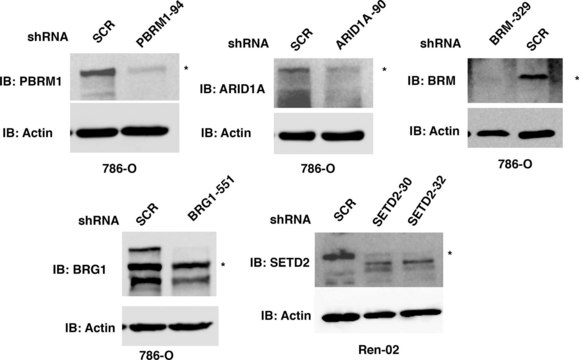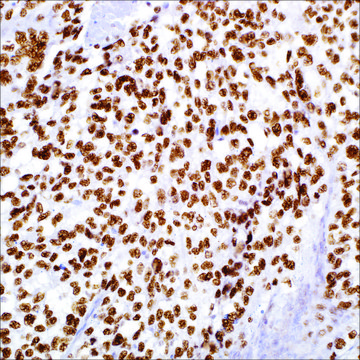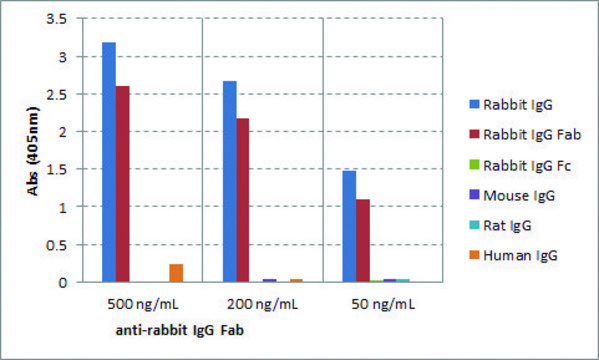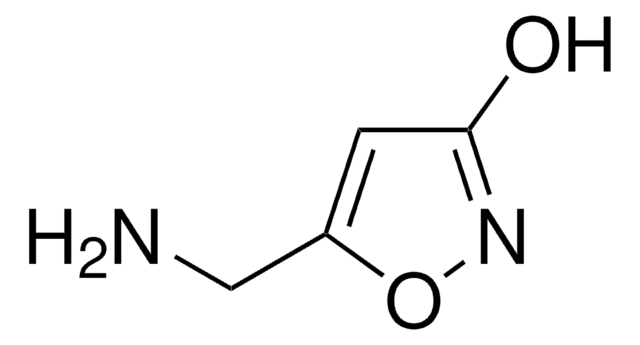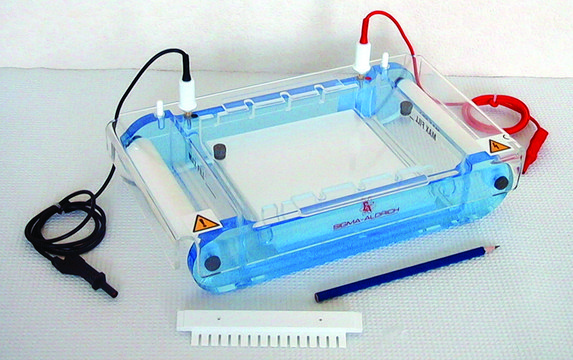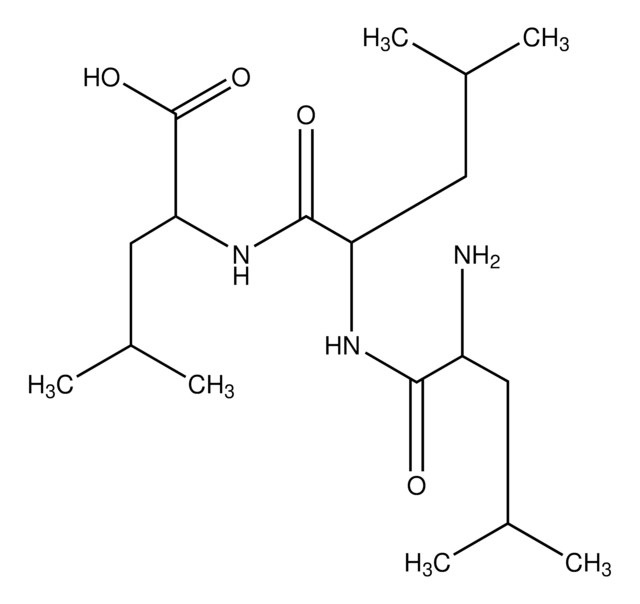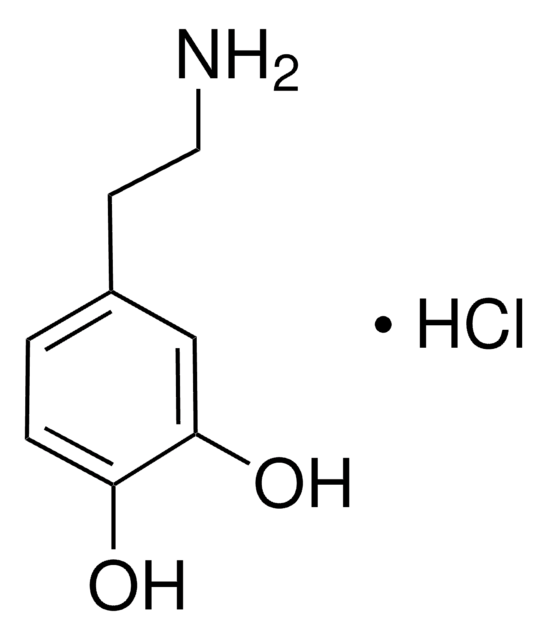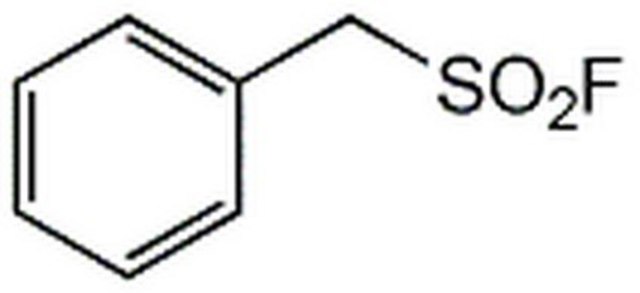推荐产品
生物来源
mouse
抗体形式
ascites fluid
克隆
NS-1, monoclonal
表单
liquid
包含
15 mM sodium azide
储存温度
−20°C
靶向翻译后修饰
unmodified
一般描述
Control Ascites Fluid is a processed mouse ascites product that is derived from the NS-1 murine myeloma cells. This myeloma cell line does not secrete immunoglobulins. The control ascites fluid has no specificity and hence it can be used as a universal control in a wide range of immunological assays. No background reactions are observed with the use of this product in immunoassays.
应用
Control Ascites Fluid can be used in immunohistochemistry and gel mobility shift assays.
Control Ascites Fluid from murine myeloma has been used in immunocytochemistry and fluorescence-activated cell sorting (FACS).
免责声明
Unless otherwise stated in our catalog or other company documentation accompanying the product(s), our products are intended for research use only and are not to be used for any other purpose, which includes but is not limited to, unauthorized commercial uses, in vitro diagnostic uses, ex vivo or in vivo therapeutic uses or any type of consumption or application to humans or animals.
储存分类代码
10 - Combustible liquids
WGK
nwg
闪点(°F)
Not applicable
闪点(°C)
Not applicable
法规信息
常规特殊物品
历史批次信息供参考:
分析证书(COA)
Lot/Batch Number
Russell S Hamilton et al.
RNA (New York, N.Y.), 15(2), 200-207 (2009-01-16)
mRNA localization is a widespread mode of delivering proteins to their site of function. The embryonic axes in Drosophila are determined in the oocyte, through Dynein-dependent transport of gurken/TGF-alpha mRNA, containing a small localization signal that assigns its destination. A
Testosterone up-regulates androgen receptors and decreases differentiation of porcine myogenic satellite cells in vitro
Doumit M, et al.
Endocrinology, 137(4), 1385-1394 (1996)
R A Levine et al.
Veterinary pathology, 39(3), 372-378 (2002-05-17)
Canine osteosarcoma (OS) cell lines contain mutations that directly or indirectly inactivate the tumor suppressor genes p53 and retinoblastoma. Another important tumor suppressor, PTEN, is mutated in many human cancers. To determine whether inactivation of PTEN plays a role in
M P D'Souza et al.
AIDS (London, England), 5(9), 1061-1070 (1991-09-01)
In a National Institutes of Health (NIH)/World Health Organization (WHO)-sponsored collaboration, 26 laboratories characterized a coded panel of monoclonal antibodies (MAb) to HIV-1 envelope protein. The MAb were evaluated by serological [radioimmunoprecipitation, immunoblot, enzyme-linked immunosorbent assay (ELISA) and peptide mapping]
Differential requirement for type I and type II transforming growth factor $\beta$ receptor kinase activity in ligand-mediated receptor endocytosis
Anders RA, et al.
The Journal of Biological Chemistry, 273(36), 23118-23125 (1998)
我们的科学家团队拥有各种研究领域经验,包括生命科学、材料科学、化学合成、色谱、分析及许多其他领域.
联系技术服务部门